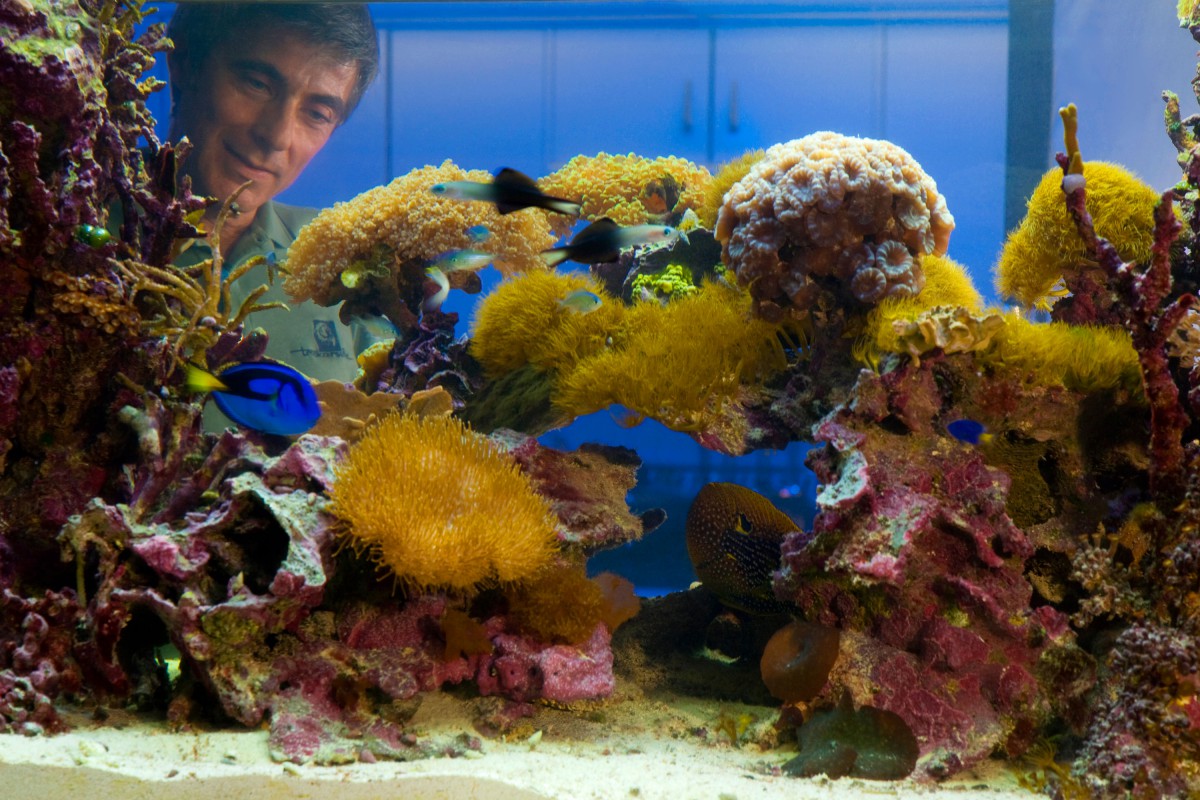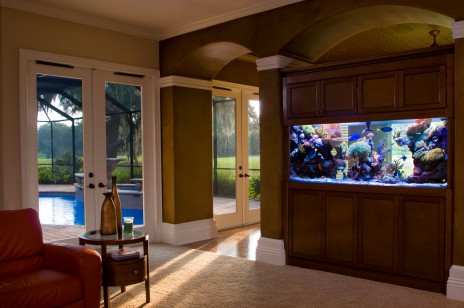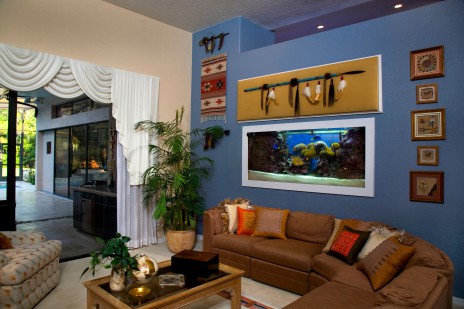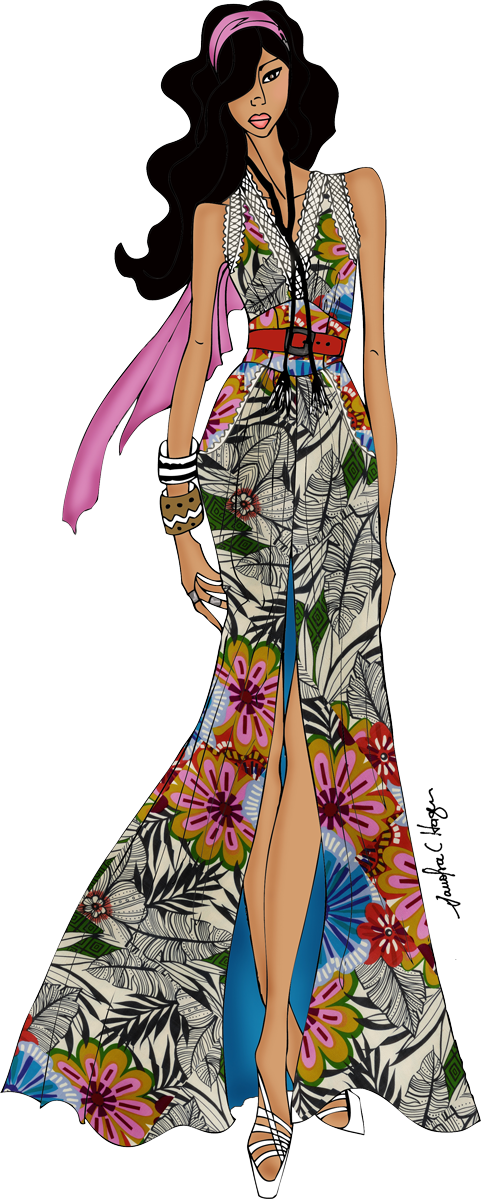Creating A Masterpiece
Living Art to Enhance Your Habitat
It’s midday at the reef and the search for food is underway. Vibrant corals feed from the light while myriad species swim among the plants and rocks, some cleaning parasites from other fish, some dining on a delicious feast of microfauna.
A translucent bottom feeder takes a mouthful of sand, filters the nutrients, then visibly expels the sand through his gills. Everywhere, tiny Blue-Legged Hermit crabs—the janitors—are hard at work.
In the ocean, every species serves a purpose. Life is shaped by the rhythms of the tide, by day and night, and the ability to coexist. But we are not at the ocean; we are gazing at a wondrous coral reef aquarium flourishing with life.
These marine ecosystems mimic conditions that exist in the wild—a delicate balance of temperature, chemistry, lighting and water current. It is an involved process that requires an experienced creator—someone like Gianni Angelidi.
A diver by trade, Angelidi understands the dynamics of reef life and is a master at not only designing the stunning aquascapes but also maintaining the fragile habitats. “It’s been a hobby since I can remember,” says Angelidi, who immigrated to America from Greece in the 1970s. “Back then we were collecting sponges for the sponge trade. Of course we all worked in the reef,” he says, recalling how they’d see collectors gathering marine life for use in tanks. But understanding how fragile underwater ecosystems are, Angelidi had some concerns about how long the captive marine life would survive. “I knew I could do it better, that there was a better way for it to be done.”
So it’s no surprise his hobby eventually led to the launch of Tropico Reeflife in 1994, and a number of residences and businesses are now graced with spectacular aquariums that blow the average fish tank away. “This is an ecosystem. For example,” he explains, pointing to a sea anemone and a clownfish nestled among the polyp’s swaying tentacles, “they have a symbiotic relationship. The anemone has a very powerful sting. It will burn any fish that go by. But the clownfish has a slimy coating on its body, which allows it to go near the anemone and not get burned. Because they are not great swimmers and feel threatened by other fish, they hide in the anemone to protect them. In return for being given refuge, they will feed the anemone.”
Creating opportunities for these types of symbiotic relationships is essential to the success of a reef ecosystem. It all begins with a design that includes a natural filtration system—a separate refugium tank dedicated to the cultivation of beneficial organisms. “We fill it with marine plants and circulate the water through it. It’s a totally natural way of filtering and absorbing toxins without using chemicals or filters,” he explains. “The benefits are that it reduces pollutants, enriches the oxygen level and provides live microfauna for filter feeders—the animals, corals and invertebrates that would not accept regular food.”
Of course, this is all discreetly hidden away so all you see are the fascinating scenes that evolve throughout the day and night. It is “living art” that provides endless hours of entertainment and relaxation. But his work also offers opportunities to educate and promote conservation, something Angelidi feels passionate about. He has witnessed firsthand the impact humans have had on the environment, and the oceans in particular.
“It’s up to everybody,” he challenges. “It starts with your choices, use of pesticides, products. Because everything pretty much ends up in the ocean. So it’s up to every single one of us, and we all pretty much know what’s the right thing to do.”
Though Angelidi still dives to collect plentiful species such as sponges, the rest he either buys or cultivates from his own tanks at his cultivation facility in Tarpon Springs. A piece of coral cut from one growing dangerously close to another, for example, can thrive with the proper care. “This coral is getting ready to touch that coral,” he points out. “When that happens one of them is going to die; it’s a fight for territory. So I have to prune it.”

It’s fascinating stuff, and something few humans ever get to see. Perhaps that’s why the popularity of reef tanks is growing. But they’re certainly not for everyone. “The thing people need to understand is that this is not like decorating a space with a sofa. This is a commitment. It’s not something to impress your friends with and then a year later be moving,” he cautions.
But those who do “dive in” will be rewarded with an amazing view, a living work of art that is sure to become a focal point.


 Get VERTICAL…and be part of something Fabulous!!!
Get VERTICAL…and be part of something Fabulous!!!